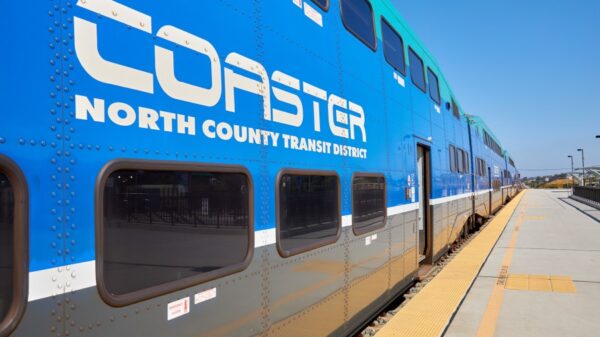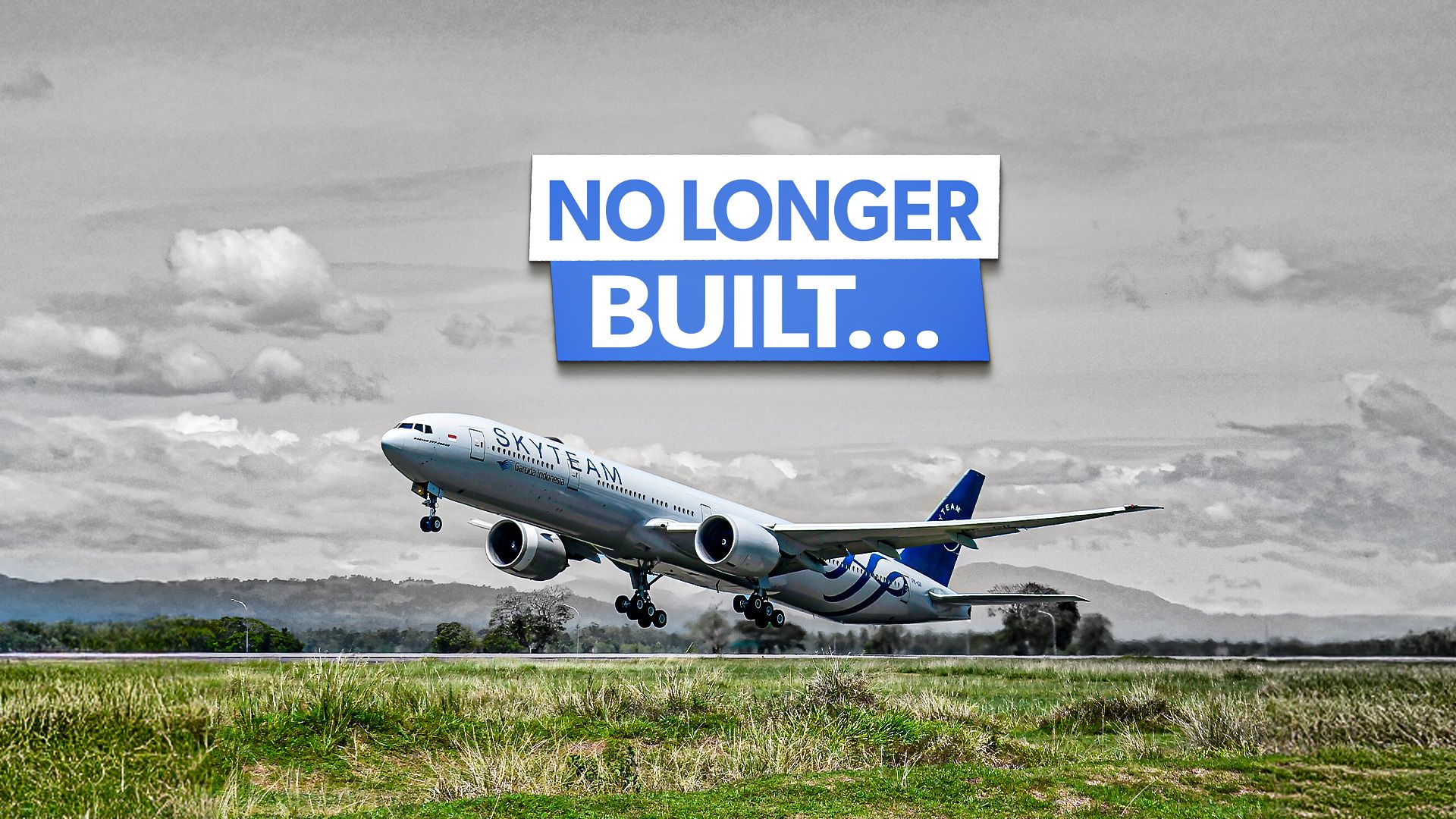Boeing has officially ended production of the 777-300ER, a decision that arrives at a challenging moment for the company as the 777X, its intended successor, has faced significant delays. The 777-300ER has been a cornerstone of many airline fleets since its introduction in 2004, with operators including Emirates, Cathay Pacific, and Air France. The cessation of this proven aircraft’s production raises questions about Boeing’s future strategy in an evolving aviation landscape.
The 777-300ER: A Legacy of Success
When the 777-300ER entered service, it marked a substantial advancement in long-range, high-capacity aviation. Equipped with powerful GE90-115B engines, it offered airlines the ability to operate longer routes with lower fuel consumption compared to older four-engine models like the Boeing 747 and Airbus A340. The aircraft’s adaptability was a significant advantage; it integrated seamlessly into existing fleets without requiring extensive retraining for crews or maintenance staff.
During its peak production, Boeing manufactured nearly one 777-300ER per week. However, as the aviation industry evolved, competitors such as the Airbus A350-1000 and Boeing’s own 787-10 began to dominate the market with their enhanced fuel efficiency and modern materials. Consequently, the demand for the 777-300ER diminished, prompting Boeing to reassess its production strategy.
The 777X: Delayed Promise
The 777X was designed to succeed the 777-300ER, offering innovations like approximately 10-15% lower fuel consumption and enhanced passenger comfort through its advanced aerodynamics and composite wing design. Initial orders from major airlines created high expectations for its launch in the early 2020s. Yet, persistent delays in certification processes and engine development, alongside increased regulatory scrutiny from the Federal Aviation Administration (FAA), have postponed its first deliveries to at least 2027.
These setbacks have left airlines in a difficult position; they anticipated a smooth transition from the 777-300ER to the 777X. With Boeing no longer producing the 777-300ER and the 777X still years away, many airlines have begun to explore alternative options to meet their capacity needs.
The decision to halt production of the 777-300ER also reflects changing market dynamics. Following the pandemic, airlines have shifted their focus towards smaller, more fuel-efficient aircraft that can serve a variety of routes without overextending capacity. As a result, orders for the 777-300ER dwindled significantly, with only a handful remaining in Boeing’s backlog by 2024.
According to Airline Ratings, the final 777-300ER produced was allocated to Emirates, marking the end of an era that saw nearly 900 units delivered globally.
Boeing’s internal realities further influenced the decision to cease production. The company is navigating a complex operational environment that includes recovery from the 737 MAX crisis, pandemic-related disruptions, and supply chain issues. Maintaining the 777-300ER production line would have diverted resources from the development of the 777X and other next-generation aircraft, which are deemed critical for the company’s future.
Boeing’s Everett plant, responsible for 777 production, requires space and personnel for transitioning towards 777X assembly and testing. The company faces a tightening supply chain, with many suppliers prioritizing newer programs, which complicates sourcing components for the aging 777-300ER.
Ending production of the 777-300ER can be seen as a strategic move designed to streamline operations and focus investments on aircraft with brighter commercial prospects. By officially closing the 300ER line, Boeing signals to the market a commitment to the future embodied in the 777X.
While this decision may seem counterintuitive, it serves as a crucial step in Boeing’s strategy to refocus its resources. The company aims to consolidate engineering and financial capital to accelerate the development of newer models. Airlines awaiting replacements are encouraged to shift their focus to the 777X, which Boeing hopes will redefine its legacy.
The implications of this decision are significant. Airlines that had planned seamless transitions now confront capacity gaps, possibly forcing them to retain older aircraft or consider alternatives like the Airbus A350-1000. The longer the 777X program experiences delays, the greater the risk of losing customers to competing manufacturers.
Despite these challenges, Boeing maintains confidence that consolidating its resources will yield long-term benefits. The company is placing considerable emphasis on its freighter business, which remains robust amid growing global cargo demands. The 777F and the forthcoming 777-8F share much of the 777X’s architecture, allowing Boeing to sustain production capabilities while finalizing the 777X for market readiness.
As the aviation industry continues to evolve, the conclusion of the 777-300ER production marks both a significant milestone and a new chapter for Boeing. The 777-300ER redefined long-haul travel and set new standards in efficiency. Now, the company must ensure that the 777X lives up to its promise, transforming challenges into opportunities for the future of aviation.





































































